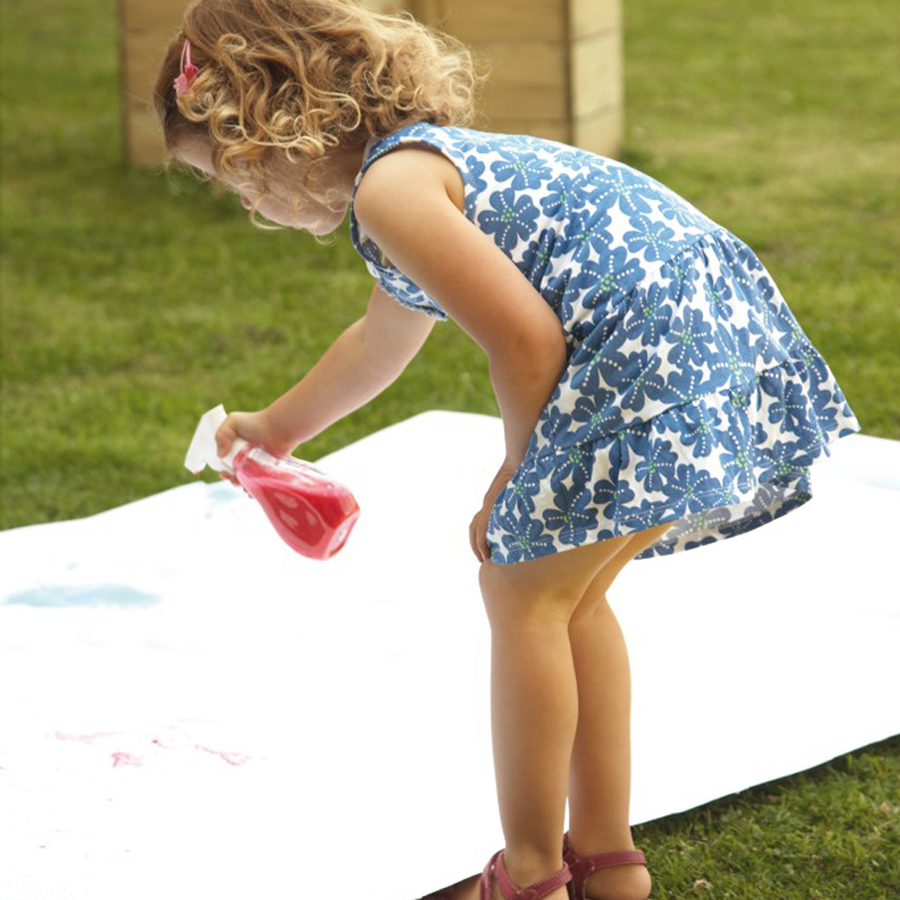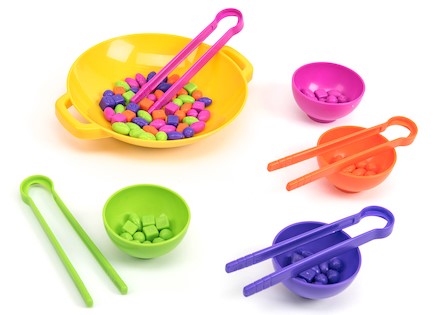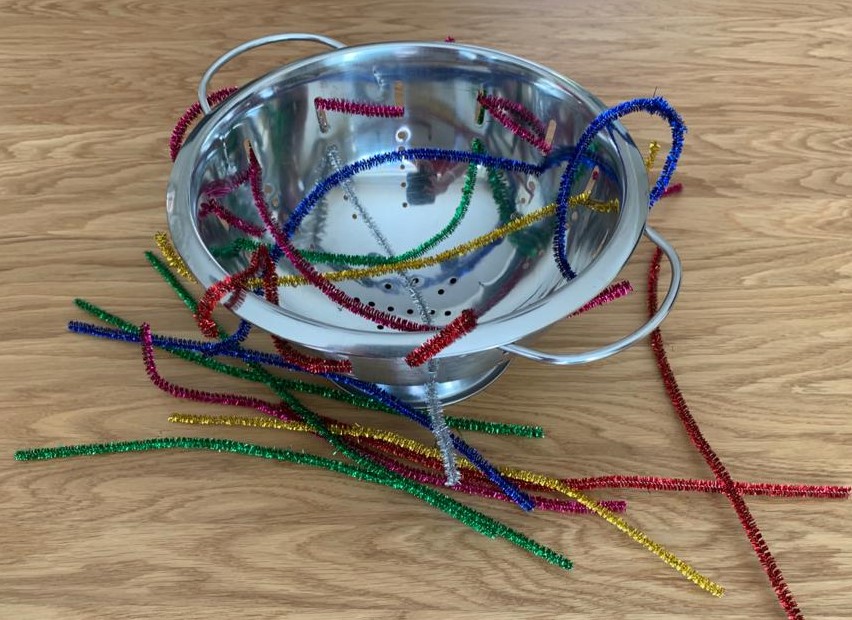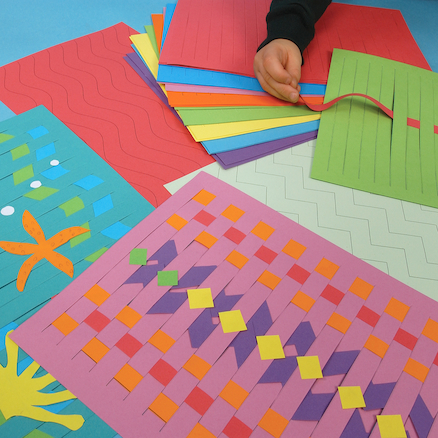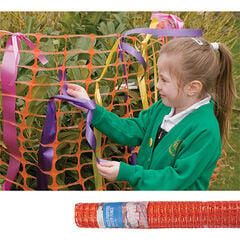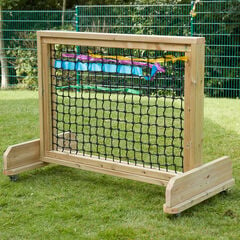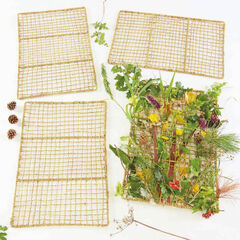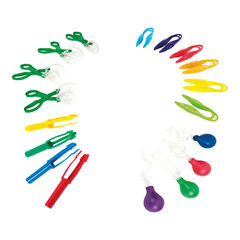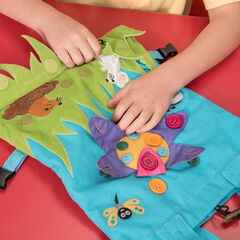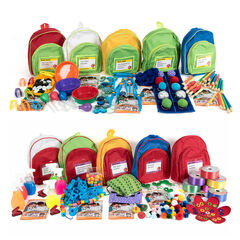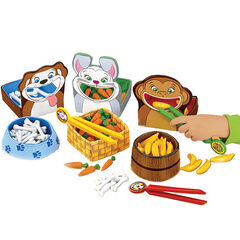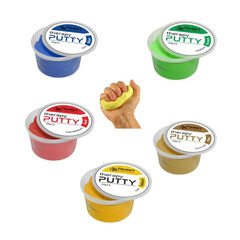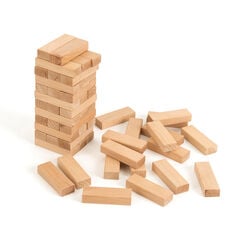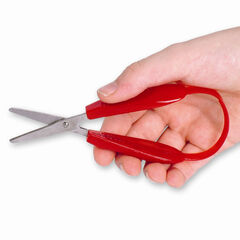There is so much more to handwriting than just holding a pen. Once children have developed their gross motor skills (blog part 1), they also need to develop their fine motor skills. Fine motor skills involve all the small muscles of the body, including your hands and fingers. A child needs to develop these, so that they can hold and control a pencil accurately.
In this blog, we are looking at practical activity suggestions for developing fine motor skills.
Please be careful as some of these activities use small objects, so children will need to be supervised accordingly. You can choose and adapt the activities that are suitable for your child’s age.
Fine motor activities
- Spray Bottles. Squeezing the trigger on a spray bottle is great for developing hand strength. Try using one to water plants, play a shoot the target game or create colourful art.
2. Tweezers and tongs. Set up some activities that use tweezers and tongs. You could put pompoms, Ping-Pong balls, rice or pasta in one bowl and set a challenge to move it to another. One way is to use an ice cube tray and your child must try and fill it as quickly as possible.
3. Picking and transferring with fingers, spoons or ladles. Set up challenges to pick up and move things from one container to another as quickly as possible. You could sort things by colours such as pompoms or sweets (added motivation if you can eat them afterwards). Try doing this with ladles, spoons and/or fingers. The smaller the object gets, the harder it is so start with beads, then buttons, pasta, beans and why not try rice.
4. Play dough. Use your hands to pat, roll, or squeeze the play dough. You could use cutters or rolling pins too. This is a great way to develop hand strength. A lot of schools have used activities such as ‘Dough Disco’, so take a look online and dance along with your own play dough.
5. Threading. Threading things such as beads, pasta, cereal, etc. onto string or thread is a great way to practise the pincer grip. You can make this activity harder by making the objects and holes smaller. Try making creative patterns and practise threading by pushing pipe cleaners through the holes in a colander.
6. Buckles, buttons, zips and laces. Learning how to do buckles, buttons, zips and laces are all important skills to learn and will also support fine motor development.
7. Games. There are a lot of games you can play that help to develop fine motor skills, such as tiddlywinks, pick-up sticks, marbles, toppling tower, Operation, etc.

8. Paper Football. Make paper footballs by scrunching and rolling paper to turn it into a ball shape. Can you do it with just one hand? You can then have a game of paper football by setting up a football pitch with nets on your table or floor and moving the football by flicking it. Try alternating hands to develop a good ‘flick’ with both.
9. Weaving. Children can weave fabric through lots of things such as clothes airers, baking racks, or plastic netting. Take some ribbon and let children get creative. You can also try weaving with paper!
10. Craft activities. Try some creative activities that involve using small movements with your hands and fingers, such as collage, cutting, origami, and finger painting.
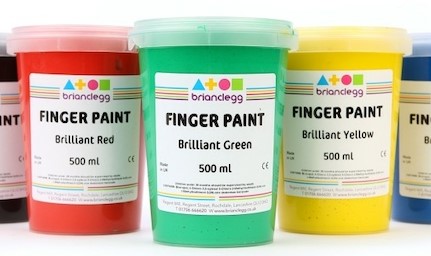
We have a range of fine motor skills resources that can help support your child’s development.



